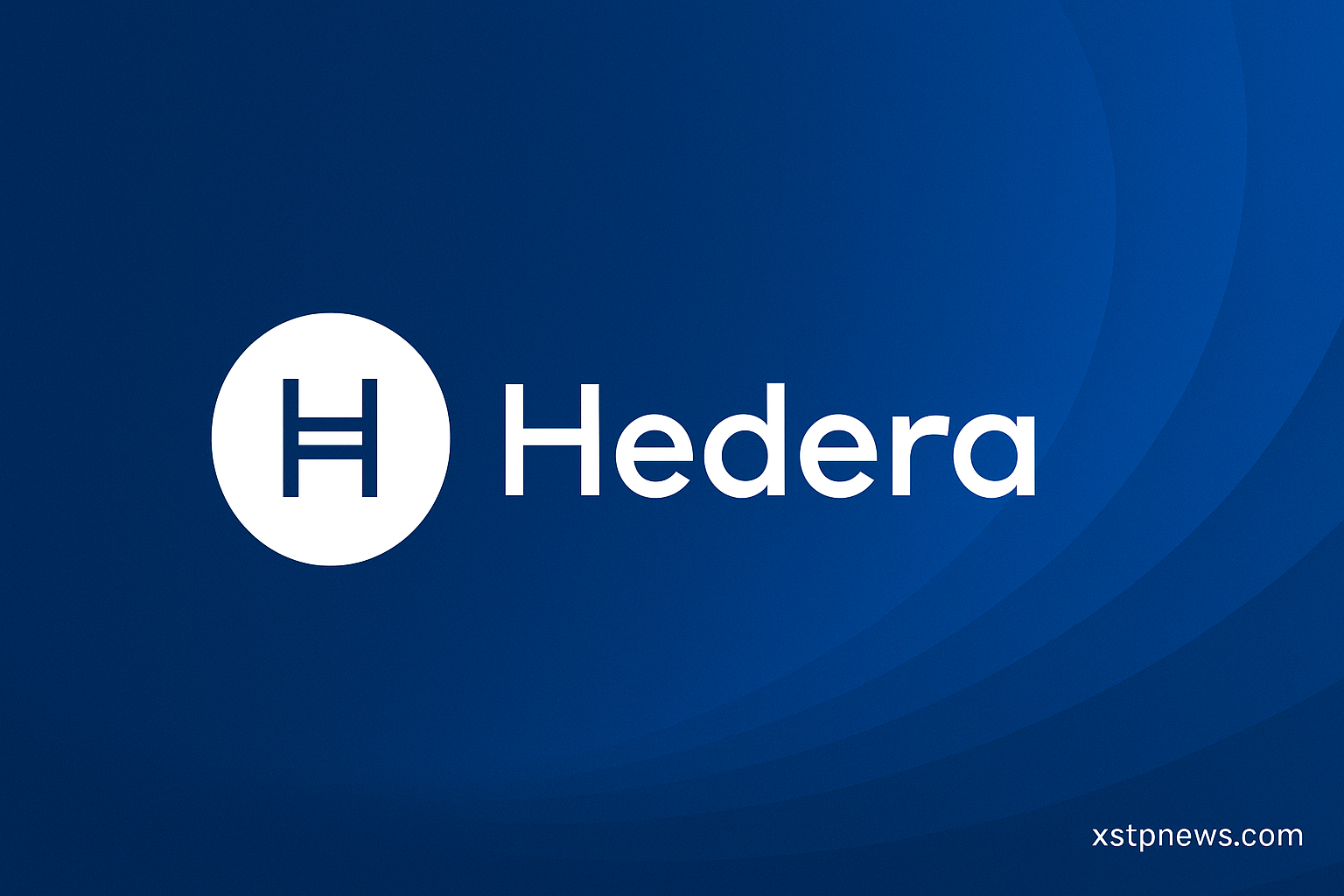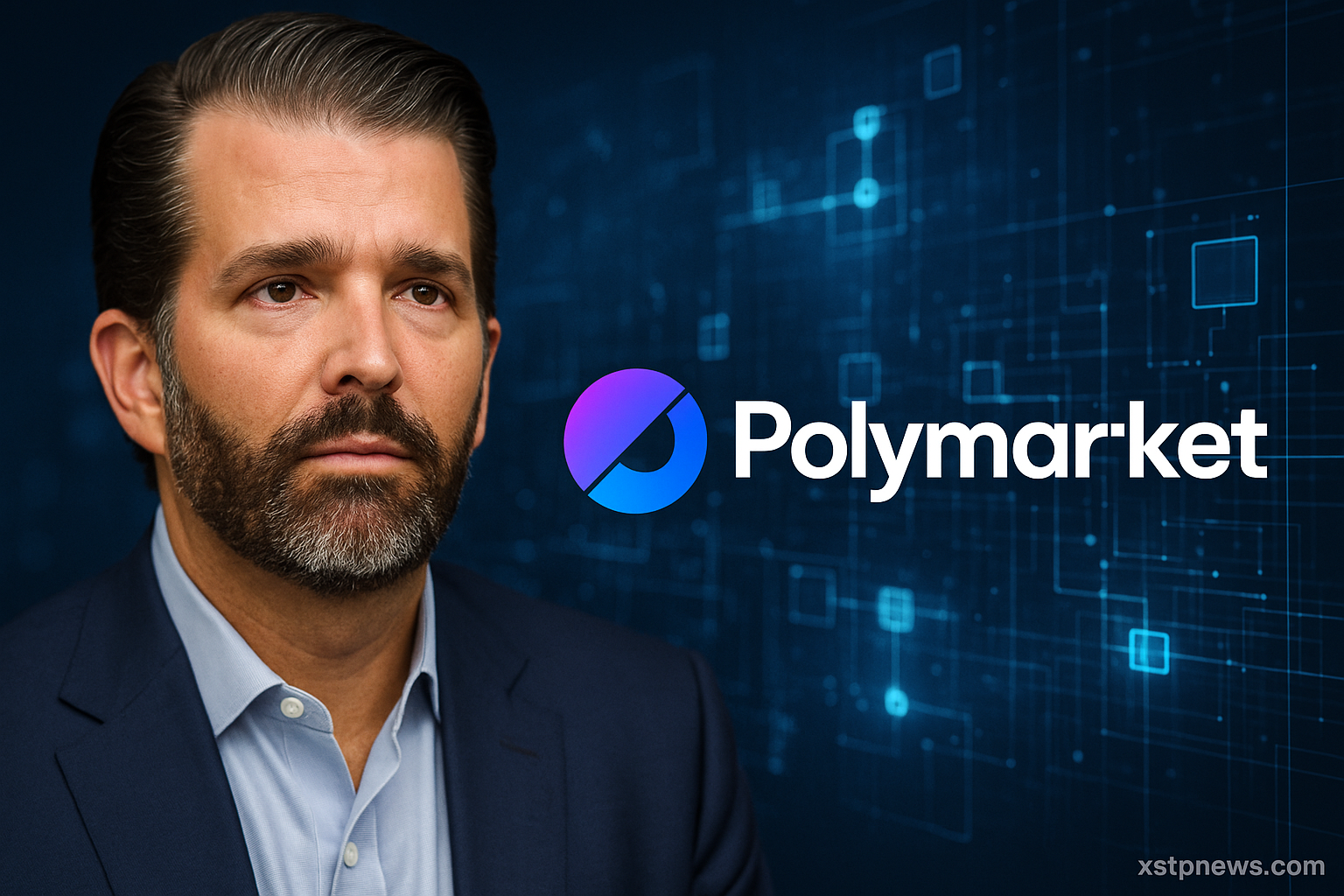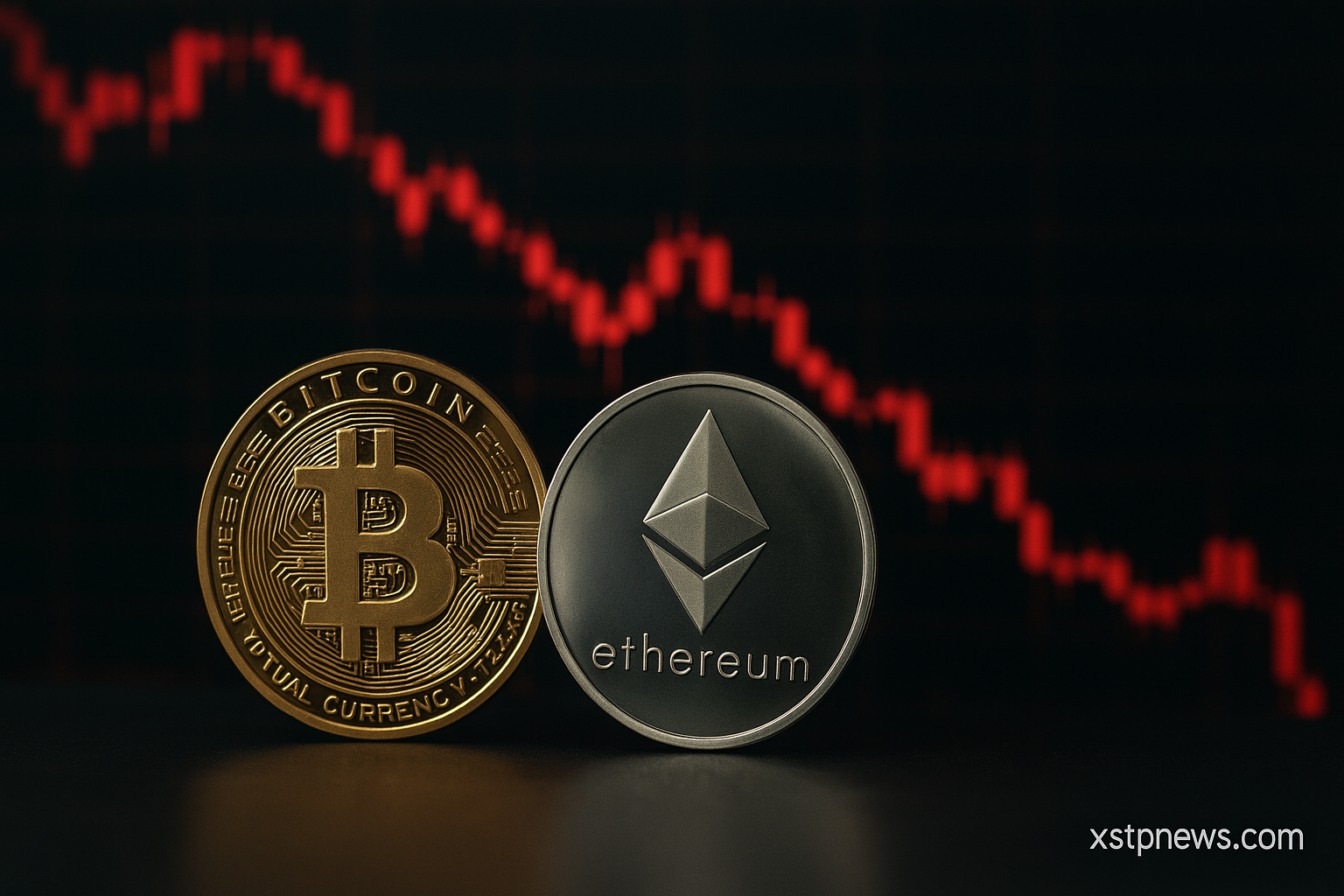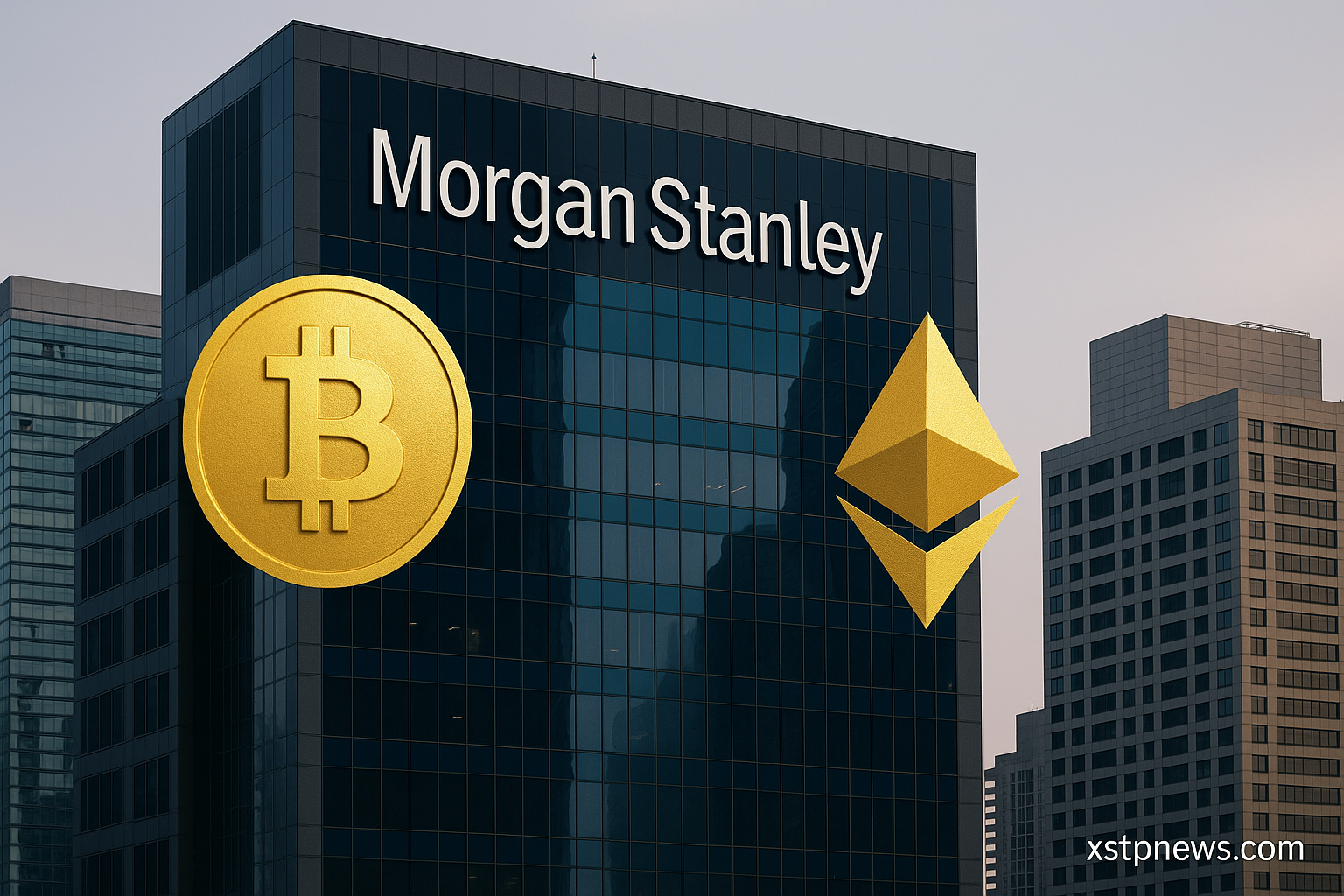Hedera (HBAR), ranked 16th by global cryptocurrency market capitalization, continues to build momentum with a combination of enterprise adoption, predictable fees, and technical upgrades. Trading around $0.26 with a market cap near $11 billion, Hedera maintains a fixed total supply of 50 billion HBAR, with just over 42 billion released.
High-performance infrastructure
Unlike traditional blockchains, Hedera uses the hashgraph consensus algorithm, a proof-of-stake model offering asynchronous Byzantine Fault Tolerance (aBFT), finality in 3–5 seconds, and capacity for up to 10,000 transactions per second. Fees average around $0.001 per transaction, designed to remain stable even during high network demand.
Core services and developer tools
Hedera’s ecosystem centers on three native services: the Hedera Token Service (HTS) for fungible and NFT tokenization without smart contract overhead, the Smart Contract Service with full EVM compatibility and JSON-RPC support, and the Consensus Service (HCS) for timestamping and fair ordering of events.
Developer adoption is further supported by tools like Stablecoin Studio, Asset Tokenization Studio, and Guardian for carbon credit markets, alongside RPC providers such as Validation Cloud, Arkhia, and Hashio.
Governance and staking
Hedera is governed by the Hedera Council, composed of global organizations that currently operate all consensus nodes, with a roadmap toward greater decentralization. Staking rewards are capped by the council, with the current maximum set at 2.5% APR, adjusted programmatically based on network conditions.
Market dynamics and adoption signals
The July 2025 Robinhood listing boosted visibility and liquidity, helping HBAR secure a spot in the mid-teens of the market cap rankings. While enterprise adoption remains a key driver, recent data highlighted a drop in HCS transaction volume after Avery Dennison’s atma.io discontinued its integration—showing both the potential and dependency on large partners.
Challenges ahead
Hedera faces competition from high-throughput blockchains and EVM Layer-2 networks, as well as the need to address centralization optics until consensus nodes are more widely operated. Scheduled token releases from the treasury also present potential supply pressure.
With its combination of technical efficiency, predictable costs, and enterprise-ready governance, Hedera remains a strong contender in the global blockchain market—positioning itself for the next phase of digital asset adoption.
source: CoinMarketCap, Hedera.com, Messari, Robinhood, Hedera Treasury Reports
